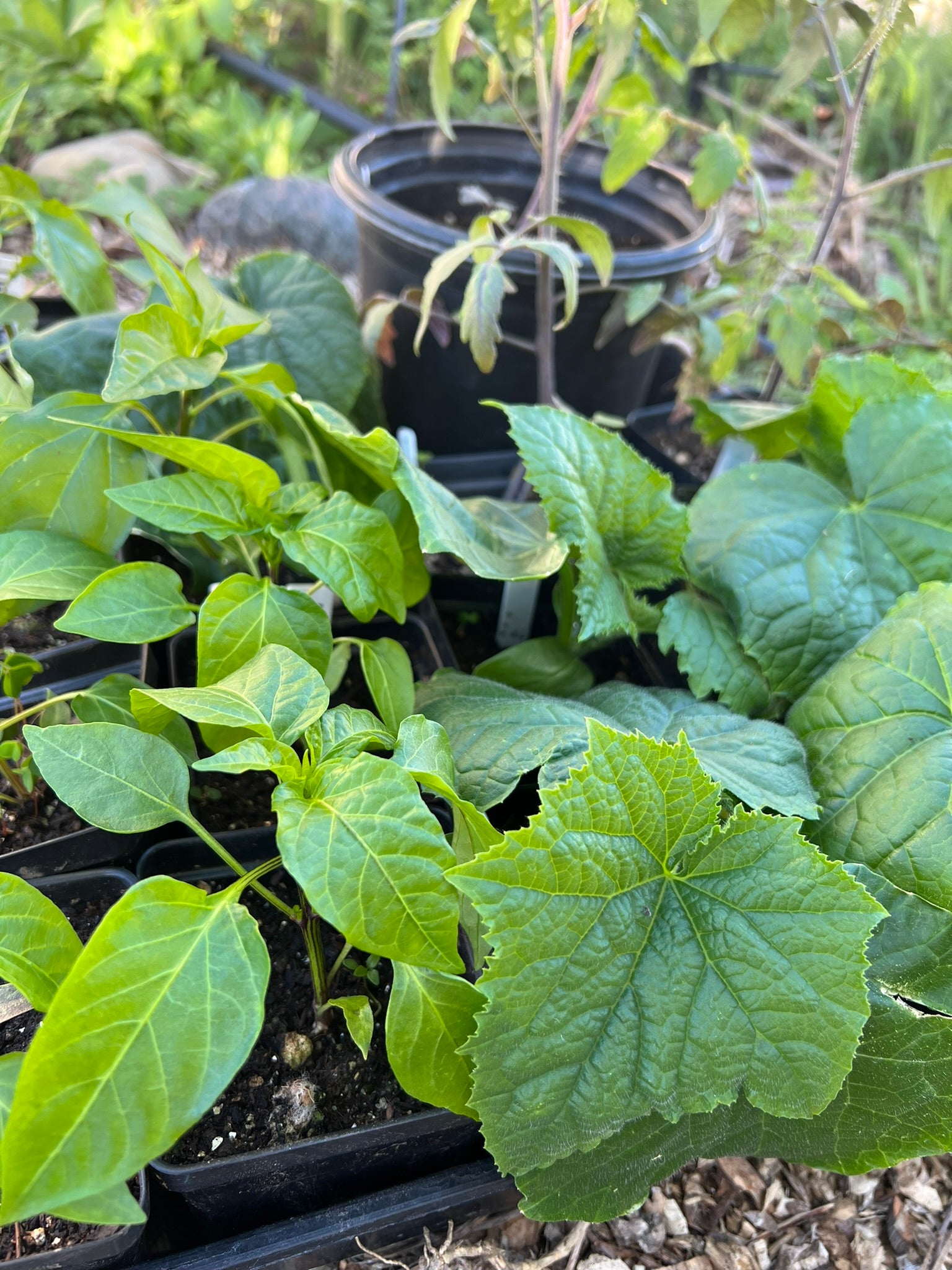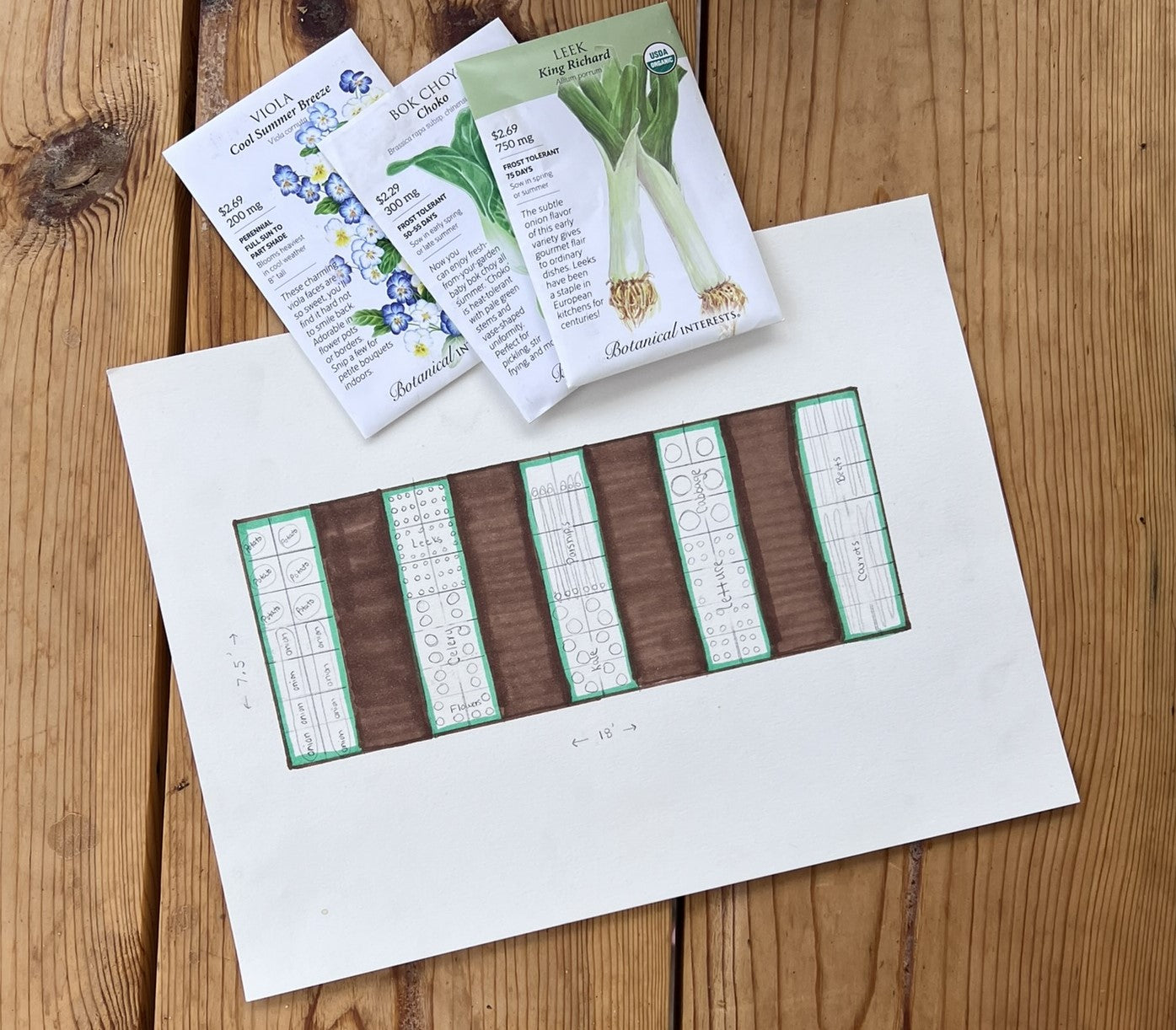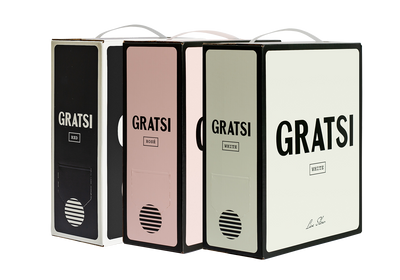How to Choose Plants for Your First Garden

HOMESTEADING SERIES:
How to Choose Plants for Your First Garden
By Jennifer Macleod
April 16, 2024
Starting your first garden can be an exciting and daunting experience. Perhaps you chose your garden site and prepared the soil already and now you are left looking at an empty space, full of anticipation and confusion about what, exactly, to plant. Have no fear! In this guide we will outline how to choose plants for a successful first garden, covering topics like climate considerations, ease of growing, transplants versus seeds, and when to start planting. Let’s grow!
What do you like to eat?
First thing’s first:start with what you like to eat! Choosing plants you are excited to incorporate into your meal plan will ensure you are excited about growing and tending your garden all season. For inspiration, visit a local farmers market to see what piques your interest!

Climate Considerations
The next step in choosing the right plants for your garden is to get to know your macro and micro climate trends. Research things like your USDA zone, the average high and low temps and first and last frost dates for your area. Then, narrow in on the micro climate trends of your specific space. Does your garden get lots of morning sun, or hot afternoon sun? Is it windy or protected? Does your soil drain well or hold on to water more? All this information will help you choose plants that suit your space best.

Beginner Friendly Plant Choices
Some plants are more fickle than others. Beginner-friendly garden plants will be ones that are hardy, don’t require any special growing conditions, and will have high yields. This includes veggies like tomatoes, cucumbers, summer squash and zuchinni and herbs such as basil, chives, parsley and fennel. Research flowers that are native to your area for a smooth experience and to attract native pollinators to your garden! Other flower options that are widely available include: calendula, zinnias, violas and alyssum.

Transplanting vs. Direct Seeding
Many beginning gardeners think they have to start a garden entirely from seeds. Which can be done, but can also be more challenging! Opting for transplants can be a more accessible way to begin, since the tender early days of the plants’ life were taken care of by professionals. Now, all you have to do is keep it alive and harvest! On the other hand, direct seeding, or planting seeds straight into your garden soil, is an affordable option, and some plants actually perform better with this method! Beans, corn, and root veggies like carrots and beets all prefer to be seeded directly into the garden and will grow more heartily when their roots are not disturbed by the transplanting process.

How many plants should you get?
All plants need proper spacing to grow to their fullest potential. In planning for your garden, It can be helpful to draw a map to scale. If you have a 2’x6’ garden bed, for example, draw a 1:1 map where each inch on the paper represents a foot in your garden. So in this case, a 2 inch by 6 inch rectangle will represent the 2x6 foot garden bed. Then add in the plants you want to grow. A tomato plant, which can grow to be about 24 inches wide, would be represented by a 2 inch circle in your scaled drawing. This will give you a sense for how many plants you can realistically fit!

When to start planting
To know when you can begin planting, find the last frost date for your area. After this date, most cold hardy plants can go into the garden, like lettuce, broccoli, peas and cabbage.
However, most veggies we think of as “summer garden veggies” prefer the warm soil temperatures. Wait until night time temperatures are consistently above 50 degrees to plant things like tomatoes, cucumbers, and squash.
Planting your first garden is an enriching experience that offers countless rewards. By carefully selecting plants tailored to your space, climate, and level of gardening expertise, you set the foundation for an abundant and vibrant garden. Embrace the process of learning and experimentation, and don't be afraid to adapt and evolve as you gain more experience. With patience, dedication, and a touch of green thumb magic, your first garden will flourish into a sanctuary of natural beauty and tranquility for years to come. Happy gardening!






